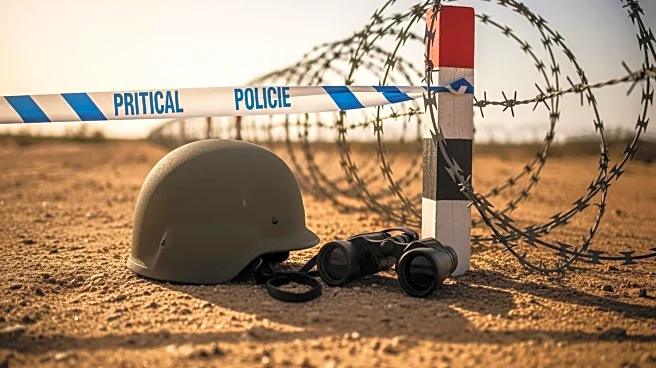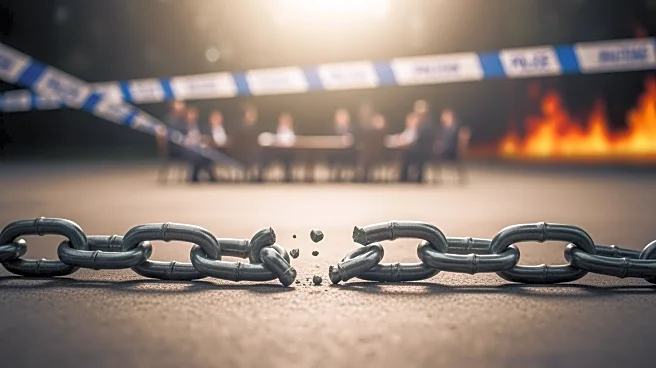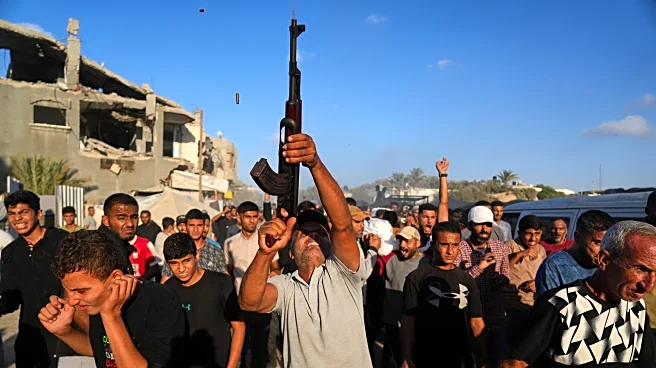What's Happening?
Hamas has reaffirmed its commitment to a ceasefire agreement with Israel following a deadly clash with the Israeli Defense Forces (IDF). Khalil Al-Hayya, a senior Hamas official, emphasized the group's
intention to fully implement the ceasefire, which aligns with the broader peace efforts mediated by international actors, including President Trump. The recent violence underscores the fragile nature of the ceasefire, as tensions remain high in the region. Despite the public commitment to peace, Hamas continues to solidify its power in Gaza, presenting a complex challenge for mediators seeking lasting stability.
Why It's Important?
The reaffirmation of the ceasefire by Hamas is crucial for maintaining relative peace in the region, which has been marred by conflict for decades. The stability of the ceasefire impacts not only the local population but also international relations, as global powers have vested interests in the Middle East's security dynamics. A sustained ceasefire could lead to increased humanitarian aid and reconstruction efforts in Gaza, potentially improving living conditions for its residents. However, the ongoing power consolidation by Hamas may complicate peace negotiations and affect the geopolitical balance in the region.
What's Next?
The future of the ceasefire depends on the actions of both Hamas and the IDF, as well as the involvement of international mediators. Continued dialogue and diplomatic efforts are essential to prevent further escalation. Stakeholders, including the United States and other global powers, may increase pressure on both parties to adhere to the ceasefire terms. Additionally, humanitarian organizations are likely to push for more access to Gaza to provide aid and support reconstruction efforts, contingent on the stability of the ceasefire.
Beyond the Headlines
The reaffirmation of the ceasefire by Hamas highlights the dual nature of its strategy—publicly committing to peace while strengthening its control in Gaza. This duality poses ethical and strategic challenges for international mediators and policymakers. The situation in Gaza also raises questions about the long-term viability of peace agreements in regions with entrenched political and military divisions.












